Desire, Fear and Trust
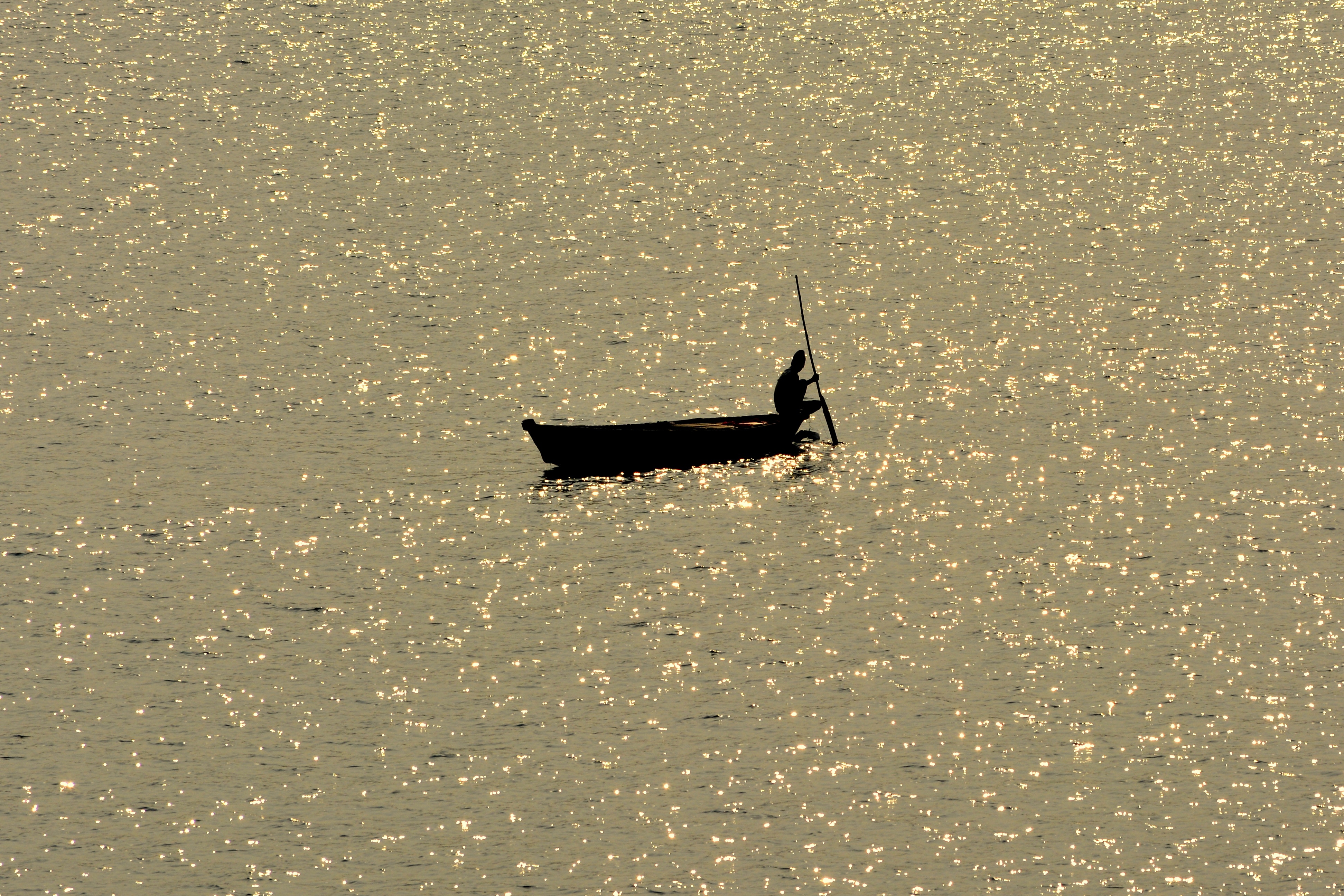
Get post as pdf-file with scematic illustrations here
Man has a wonderful mind full of thoughts and imagination. Rather, mind is imagination itself. We imagine a city and build it. We look at memories. We picture a particular kind of life and imagine that we are trying to pursue it according to our accumulated desires and dislikes, which are nothing but memories.
Put simply, we imagine we are life and that the world around us may threaten our efforts to maintain this particular desired version of life.

This way of picturing our relationship with the world will produce an infinite variation of desires. Once desires appear, fears that these desires will not come true also appear. When you look closely, all desires and all fears are fundamentally rooted in two basic longings: longing to exist and the longing to connect. You can also view these longings as fears: fear of loneliness and fear of death.
An example you can imagine is not wanting to be single (“alone”), of wanting to connect by being in a love relationship in order to feel “real”. On one hand, a relationship that is too close, co-dependent or abusive threatens the sense of existing as a “real” individual. A relationship that is too distant, on the other hand, produces the feeling of not having connection, of being isolated, having no value, of not really existing. Either scenario can cause a person to suffer so greatly that they either cut the connection or remain in a dysfunctional relationship. Here, not having the desired version of a relationship is perceived as “loneliness” and “death”.
Another example could be the desire to end one’s life or be tormented with suicidal thoughts. This may appear when someone feels his or her existence is utterly wrong compared to the version of life, they think they should be living. For example, if someone loses all his money (“his value”), he may contemplate or choose to jump out a window. Because he no longer exists as “rich”, he feels he has no value, does not exist at all and would rather end the life of his body than to perform the “impossible” task of attempting to connect to the world in a meaningful way from the worthless position of being “less”. “Poor” to him is both “death” and “loneliness”. He would rather not exist than exist as what he perceives as “dead and lonely”.
We all have personal and cultural sets of values and conditions that needs to be met in order for us to feel we are alive in the way we desire to be alive.
Put in a nonhuman-specific language the fear of loneliness and the fear of death can be called aversion to isolation and aversion to non-existence, or the desire for connection and desire for delineated existence.
These fears/longings not only drive our personal lives and civilisations but are, in a broader sense, the foundational driving force of the entire universe.
Sounds simple, right?
Yes, but it is much more complex than it sounds because this way of seeing reality catches us in a small spectrum between loneliness/isolation and connection/oneness. It further raises the question: what is isolation/loneliness and what is connection/oneness? What is existence/life and what is absence of existence (death)? It looks like we are caught at this dilemma.
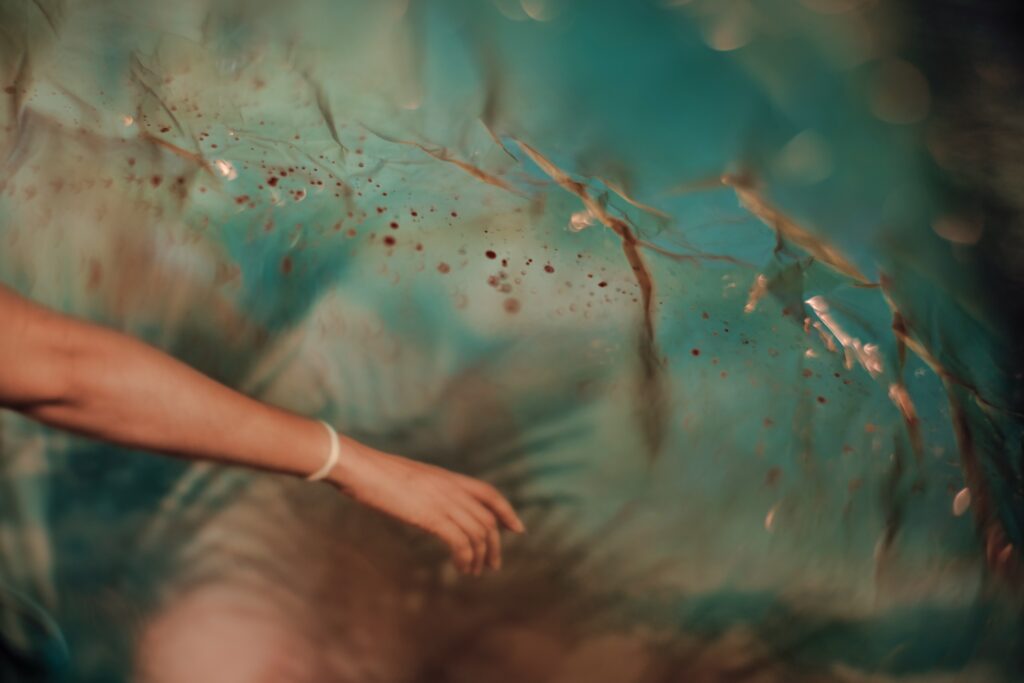
Let’s step back.
Life is a continuous dance of interaction through connecting and separating.
Manifestation is caught in a restless but life sustaining feedback loop.
The peculiar thing about this phenomenon is that this life sustaining interaction appears to be an ever-wavering balance that blurs, as well as defines, the borders of individual existence.
How?
Being cut off somehow gives us a sense of existing less, and so to live fully, we are drawn in the direction of interaction. Interaction demands a degree of surrendering our individuality, a merging. Merging creates another “problem” because the separate point of existence (you) is merging with the world (non you). This merging therefore feels like the risk of non-existence to an individual (you).
So, in you, the fear of non-existence as “you”, turns into a need for withdrawing into a separate personal existence. This experience of separation in turn creates a longing for again living through merging. This is the loop.
These opposite poles seem to define and create each other, in a continuous pendulum movement towards and away from one another.
Only in biological life can we assume that this pendulum movement is accompanied by fear, instinctual or conscious fear. And only in humans, it seems, do we see the ability to observe and analyse this compulsive movement of consciousness between the opposite poles of isolation and oneness, life and death, which we can also, respectively, call limited existence and infinite existence. You are observing this right now. In this moment. Do you see it?
How did this begin?
The universe appears to be made up of opposites. Why? That is subject for another blog post.
Opposites attract. Negative electrons crave positive protons, positive atoms attract negative atoms. Plants need sun and water. Humans desire food and company. But all this need has to be satisfied in very specific measures. If not, the result is death/end of existence. Think of watering plants. A delicate balance. Too much or too little and the plant will become one with the environment. It will become earth. This is not only true for biological life, but also when so-called “lifeless matter” interacts withs its environment.
To stay in existence as an individual defined thing, a delicate balance on the edge between holding on and letting go must be maintained. Like this, it seems that physical manifestation exists in a narrow space between the need to be separate and the need to merge. Between being an infinity of recombining things and being One/ None. We see how we exist wavering on a knife’s edge between giving with one hand and taking with the other. This way to look at the world and at ourselves, is what brings us desire and fear.
Can this be any other way?
Do you see how all things, that are individual, separate, time-and-space limited phenomena, appear, stay for a while and then change into something else? For animals we call this process for birth, living, and death.
Like this, matter revolves through endless cycles of connection and disconnection which creates an infinity of “appearances and disappearances”. From the level of atoms to the level of galaxy clusters this is happening through attraction ->connection-> in-cooperation and splitting up-> detaching->repulsion. All phenomena are endlessly revolving through cycles of apparent isolation and apparent annihilation. Apparently.
Why apparently?
When things are said to exist individually it is because we have named them. Through language, due to our limited senses, we define a specific cut-off point. Tree/ Not-tree. River/ sea. Rain/ cloud. In reality “a tree” is inseparable from earth, water, air, light. A cut-off point, a defined border contradicts the cycle of eternal flow of change and instead creates the concept of appearance and disappearance. Likewise, by naming ourselves, we isolate ourselves and then we long for unity. Language based in senses appears to bring with it amnesia.
So, we live in this self-imposed predicament: stubbornly upholding an identity that makes us believe that we must struggle to exist in a narrow space between fear of physical death and fear of loneliness. This is the very problem inherent in the attempt to strike the balance of simultaneously being dynamic flowing “life” and a solid defined “me”.
The human being, however, has the extraordinary ability to ask the question, “Who Am I?”. He has the potential to become aware of this underlying dynamic mechanism described above. But seeing that something may exist beyond these basic mechanisms threatens the very foundation of what man has based the definition of himself on.
The question “Who am I?” can potentially annihilate what we perceive as “I”
So, in order to maintain the sense of a solid “me”, man often fearfully spends his life avoiding a deeper analysis of the essential nature of death and loneliness, and so, what could be cool awareness is replaced with anxious distractions.
It is simply too scary to face this question and these fears at their deepest level, or so it seems.
But look closer:
These two fears, the fear of isolation and the fear of death, that we think we are strung out between, are in fact one single fear wearing two masks, and these two masks mirror themselves in each other and appear as infinite worries.
This apparent self-generating split is the driving force of the universe. The illusion of existence versus annihilation, matter versus empty space, parts versus oneness, separation versus limitlessness, man versus god.
This is duality. Duality is the belief in incompleteness. The sense of incompleteness automatically makes us strive for completion. But when you begin striving based on the definition that you are an incomplete individual, this striving maintains the illusion of isolation/ incompleteness. Fear goes nowhere because we are stuck in the imagination of playing a dualistic game of existence/non-existence or win/lose.
This duality can indeed be seen as a precarious balance on a knife’s edge between life and death. But the truth is that this knife’s edge appears to have a particular version of nonexistence on both sides. Nonexistence of ego/ individuality/identity on one side and on the other side is nonexistence of unity/oneness/god.
Man, when he is seen as a soul living in a body, is caught wavering as if in the doorway between matter and spirit. This position seems to be the fate not just of man, but of this manifestation we call the world. But in man the awareness of his unique position on the threshold brings the potential for both the greatest suffering and the greatest wisdom – this awareness brings a longing that is the root of all civilisations, religions, all art and industry, all wars and all love poems.

Why are we standing there, timidly in the doorway, longing? Man lives in fear because he wants to face neither death nor loneliness, because both look to him like the end of existence.
But this fear is an indication of a deeper truth. Since this fear is so strong, since the idea of nonexistence feels so utterly wrong, there must be a sense of existing which is stronger and truer.
And if there is one thing man knows before anything else, it is that he is. That he exists. We come into the world with only this doubtless knowledge. Everything else we have to learn. What is learned can be forgotten. But we cannot lose the knowledge that we, in our core, in essence, exist.
That is the reason why the thought of nonexistence is utterly unacceptable to us.
The problem is that we also are not satisfied with simply existing. We want to exist as a separate thing with a specific identity as well as expand, connect, and merge with all. Simultaneously. This want, this perceived double purpose is the seed of the sense of conflict and imperfection, which creates the fear of neither existing in “my way” nor existing as “oneness”. And so, these two opposed fears propel man in an eternal feedback loop, like two particles of opposite charge circling around each other in an infinite game of attraction and repulsion, inclusion and exclusion, holding on and letting go… contraction and expansion.
At their deepest level, all of man’s fears spring from the fear of non-existence. And all of our actions are based on the wish to maintain our particular version of “right existence”.
This game hooks us. This hooks all life.
But how much maintenance is really needed in order to exist? The only thing we cannot doubt is that we exist. In some way we exist. The question is, how do we exist, and as what? Are we life? Can life exist without being a separate “thing”?
Ask yourself: Who Am I? What am I? Who or what is posing this question, and to whom at this moment? Is the individual a real “thing”?
Let’s step back again:
In order for connection to happen division needs to be real. Longing for connection is a hope to transcend division.
Without division there is no individual, without individual there is no loneliness and without the loneliness there is no hope for connection, without the wish for connection there is no fear of that connection leading to non-existence through merging.
No separate existence means no individual life. And no separate existence also means that there is no “thing” that can die.
But we know we exist. It is the only knowledge we cannot lose. Even if we were paralyzed, blind, deaf and dumb with amputated limbs and no memory, we would have an intact sense of existing.
So, the question is still; What do we exist as and what is non-existence?
This phenomenon of individual existence can be illustrated by the image of a string with a knot on it, the harder the knot is tied, the stronger is its identity as a knot and the denser its ignorance of being part of a string. Strong identification with personal identity carries in it isolation. The looser the knot is tied, the weaker is the identity as a knot and the clearer is the awareness of it being more, being a string.
This realisation can bring the understanding that all of manifestation can be perceived as an infinity of knots tied on the same infinite string. And if you think that to be defined as an individual is to exist, then you need this knot to exist and you need other knots to acknowledge that this knot is real and that this knot has value. In order to feel real, the knot of a human being needs to be both separate and to experience connection to other knots on the string. No knot and no connection is seen as death. Too strong a knot becomes loneliness because it appears as if it prevents real connection with other knots, and an understanding of being simply a string is seen as a threat to existing (as an individual).
Man wants to be one, man wants to be all. Either state appears to prevent the other.
This impossible predicament gives rise to the two deepest emotions in man.
A deep loneliness, so deep that human company cannot heal it.
A deep fear of death, so deep that infinite efforts to remain a defined entity cannot soothe it.

Is there another way to think about this?
Yes, the death of the individual (the change of form) may not be nonexistence. If, as some say, we really are the combination of matter and consciousness, or rather a knot appearing as the combination of body and spirit, then what is the string?
Knots are untied, the string remains. Waves rise up and settle back into the ocean, the ocean remains.
Change can only be perceived on a background of something constant. What is constant? Even on the level of matter and energy, physical “death” is a change that points to the possibility for an underlying constant existence being the witness of “death”. Death is just a name we give the phenomena of change. We can call that constant background for universal free consciousness. We die as individuals, but never die as universal free consciousness/oneness. Ocean and waves are one. String and knots are one.
What if I said: Waves and knots are concepts. Man is an illusion. Neither death nor loneliness is true. Only impersonal existence is true. Your existence is in reality universal free consciousness. Only universal consciousness exists, and you are it.
Does this idea scare you?
Yes? Then what is the solution to this feedback loop of fear? How do we drop this manic race towards fixing the human predicament? Our anxious obsession with mending something that is not broken, has resulted in the sorry state of the planet today.
What do we do about the fear of non-existence and of existing in isolation?
Both untrustworthy ends of this spectrum of existence are unbearable to the human being. So, in experiencing a lack of trust, man seeks control, he wants to avoid fear by fixing his precarious balance solidly at the centre point. Blindly he searches for an unchanging constant in a field of constant change. This impossible task creates fear. But we often refuse to observe our fear because it will lead to questioning the validity of our efforts to avoid fear.
Indeed, our whole life appears to be an attempt to avoid facing these fears. Hoping to avoid having to deal with the unpredictability of change, we distract ourselves by attempting to become fixed, to become something that we are not. Our civilisation and way of life has become a manufactured distraction. And because this distraction is an attempt to control fear, it empowers the fear. We are really just running away and because we never stopped, turned around and looked fear in the eye, we never glimpsed the fear without wanting to fix, fight, or flee. When you run from something, you will not understand it, but it follows you like your shadow.
Our effort to become ”somebody” is a distraction, it places itself as an imagined barrier between us at the perfection we already are.
This has been going on forever. Since the Big Bang.
But, it seems that only in mankind did the possibility of consciousness awakening to itself finally appear. We have been gifted with the power to become aware of the apparent vacillation between separation and nonexistence.
In actuality, we do not fluctuate between these two perceived ends. We are consciousness itself watching change and mistakenly thinking the change is happening to us. But it is not we who fluctuate. Upon observation, it looks as if the fear of loneliness as well as the fear of physical death are both versions of the deeper fear: The fear of nonexistence. And we are existence itself.
So here we are.
The truth of existing as infinity/Oneness becomes distorted by the deception of division/distance and creates fear of loneliness
The truth of existing as eternity/immortality becomes distorted by the limited identification with change/finality and creates fear of death.
Try this:
Turn around with trust to face loneliness/separation and it will embrace you as love-oneness.
Turn around with trust to face the fear of death and it will embrace you as existence-eternal.
Give up the definition of yourself as a fearful individual and you will see that you are existence itself.
See how fear is the result of attempting to control the illusory feedback loop of nonexistence and isolation.
The ability to “turn around” is actually the ability to be still and look with clarity. This ability is strengthened in meditation. The purpose of meditation is to become aware of what the world has to teach you.
Your fear is a potential teacher. Your anxiety is the portal to liberation.
Fear is not resolved through control.
Trust is the antidote to fear, not control.
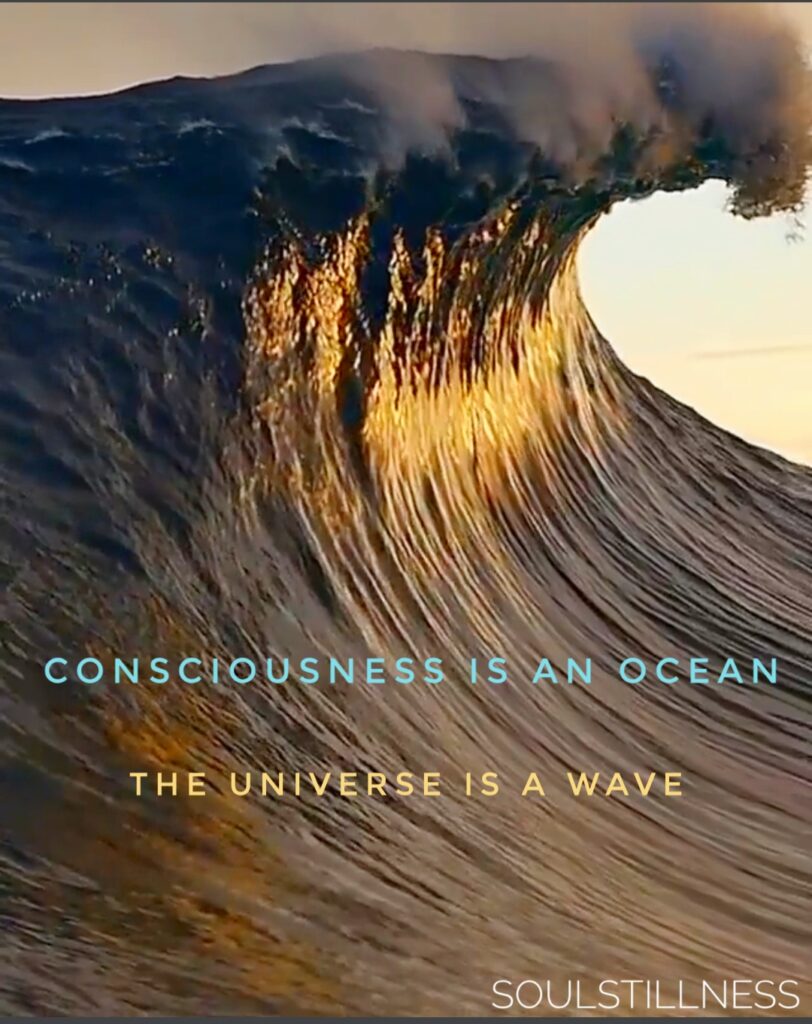
Your trust to lean into the doorway with open eyes and acceptance of being limitless life, is supported by all existence that has come before you. This life arose as a reply to the wish of spirit to be free. Stop struggling with the world. Surrender and fall into the Vision of Oneness.
Trust is all that is required to know you as you. You as all.
Written by Vijay Shyam, July 2020.
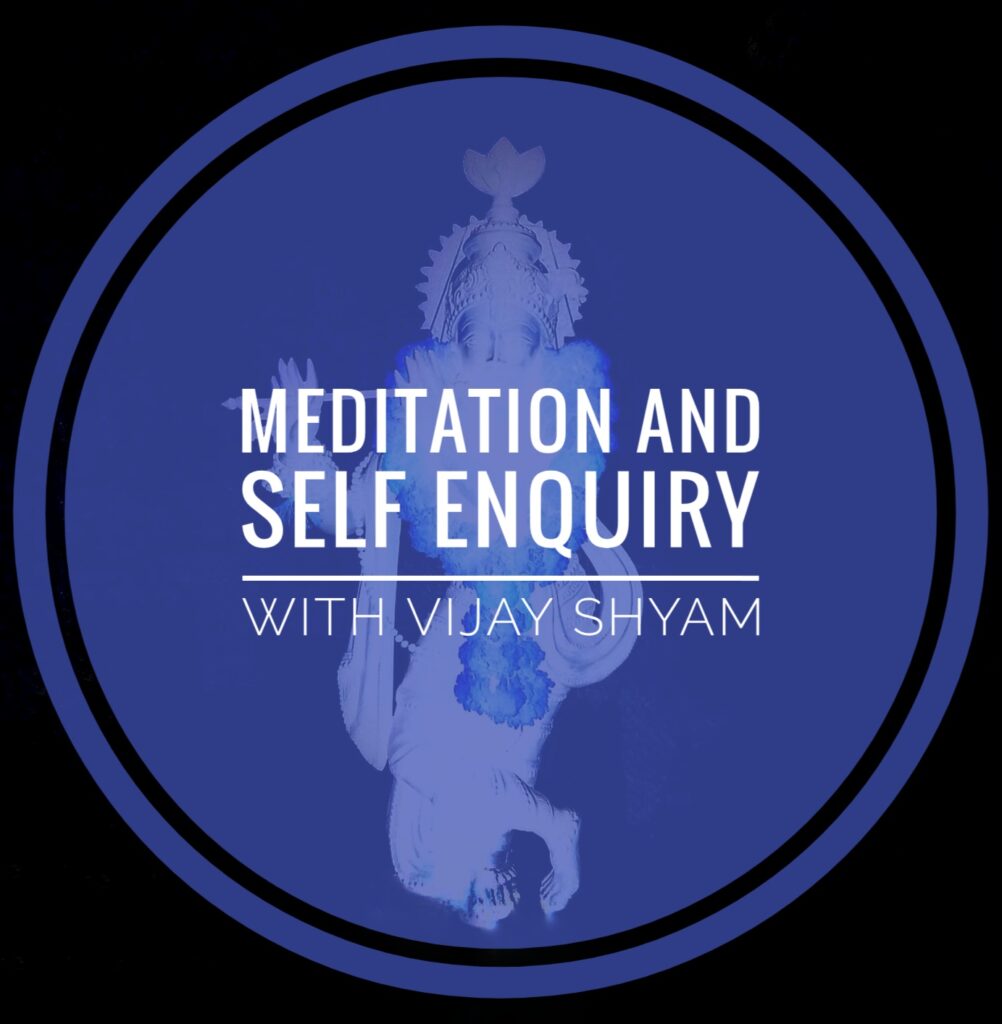
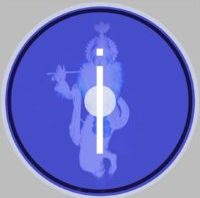
+ There are no comments
Add yours